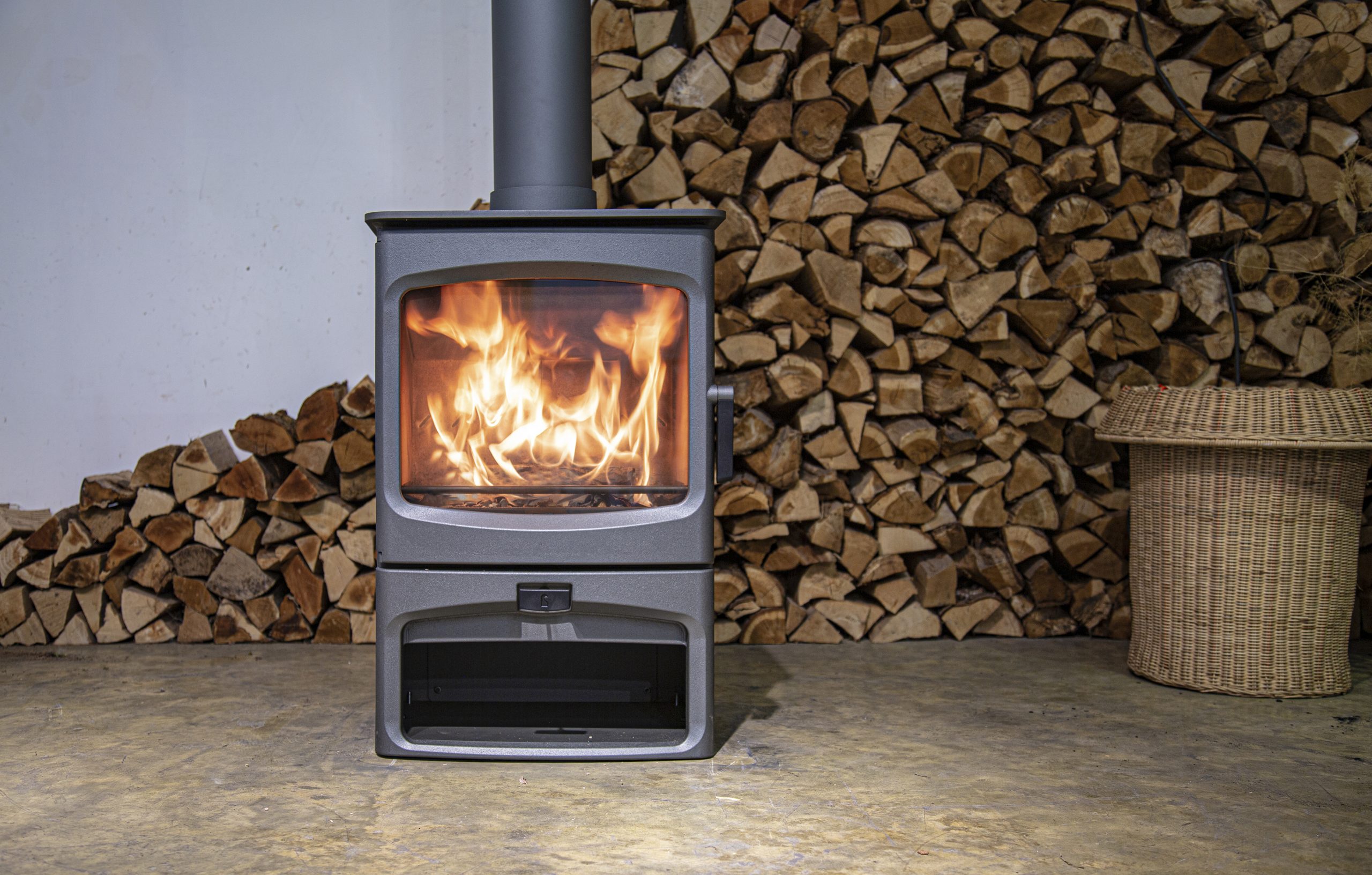The Stove Industry Alliance (SIA) has carefully examined a recent study by Global Action Plan/Impact on Urban Health, titled “Relight my fire? Investigating the true cost of wood-burning stoves.” In this blog, we will present some of the key insights and considerations revealed by the SIA that address the misleading conclusions made.
Study Methodology Critique
The SIA raises important questions regarding the methodology used in the study. Specifically, the model scenarios seem to artificially inflate the costs associated with wood-burning stoves while decreasing costs related to Air Source Heat Pumps (ASHP). The SIA points out discrepancies in cost consideration, installation assumptions, and the efficiency impact of heating system distribution.
Here are just two of the key points raised which show why it is impossible to draw accurate conclusions from the data set:
Model B “includes the cost of purchasing the item (stove) and installation, while all options include maintenance and replacement costs.” The SIA questions why the purchase and installation costs have been factored in for the stove led heating in Model B, as they have not been factored in for the gas boiler led heating, Model A?
Model E “Newly installed Air Source Heat Pump (ASHP) providing 100% of heat” underestimates the actual running costs of the ASHP in the reference dwelling used (a Victorian mid-terrace of single skin, uninsulated solid brick construction). Heat pumps are not suitable for use in badly insulated housing stock; they will not run optimally in these conditions and therefore won’t give a 3.5 seasonal CoP which the report uses to reach its conclusions.
Appliance Efficiency
When evaluating cost-effectiveness, appliance efficiency is a highly significant variable, and is not accurately reflected in the study. Since January 1, 2022, all solid fuel stoves have had to adhere to Ecodesign Regulations and ensure a minimum efficiency of 75%. Many of our stoves surpass this requirement, with tested efficiencies exceeding well beyond 80%, which is comparable to the most efficient gas room heaters in peak condition. It is also important to consider that wood-stoves offer individuals better localised space heating, meaning they allow you to heat the space you need without wasting heat on empty rooms. This is a key part of many people’s heating strategy and this flexibility also facilitates off-grid low-carbon sustainable living.
Comparative Fuel Costs
The SIA references data from various sources, including Nottingham Energy Partnership, to provide readers with a comprehensive view of comparative costs per kWh for different heating fuels. As of October 2023, the price per kWh for an ASHP is 12.37p, kiln-dried logs at 11.18p, mains gas at 8.64p, and electricity at 33.40p. It should be noted that, between November 2022 and June 2023, kiln-dried wood logs were more cost-effective than mains gas per kWh.
This points to another key reason people choose wood-burning stoves – energy security. It is still fresh in everyone’s minds how susceptible gas and electricity prices are to spiking at a moment’s notice because of global issues. Sustainable sources of wood are available locally and provide a vital shield against the next crisis.
We invite you to read our blog on why people are choosing wood-burning stoves to better understand the many factors that were missed in this study.
SIA’s Recommendations:
We are fully aligned with the SIA on the recommendations for those considering or currently using wood-burning stoves:
-Choose an Ecodesign compliant, sustainable, solid fuel stove.
-Upgrade from an open fire or older stove to reduce emissions significantly.
-Ensure your stove is Defra exempt if you live in a Smoke Control Area.
-Seek guidance from local SIA Retail Group members for the right stove size and installation.
-Have your stove fitted by a qualified professional (HETAS or OFTEC registered).
-Use quality fuel, ensuring wood logs have a moisture content at or below 20%.
-Regularly service and sweep your chimney for optimal stove performance.
For a more detailed look at best practices, before the winter bites, read our essential-wood-burning-stove-tips!
_______________
There are many factors that determine which heating solution is best for your home. As pointed out by the SIA, this latest study has missed many factors that favour wood-burning stoves, particularly as part of a modern co-heating solution.
Charnwood Stoves remains committed to leading the industry in producing the most reliable, efficient, and sustainable wood-burning stoves on the market. We continue to invest heavily in research and development to improve efficiencies even further and have many exciting developments on the way!
Read how a wood-stove can help you save money on your bills!

